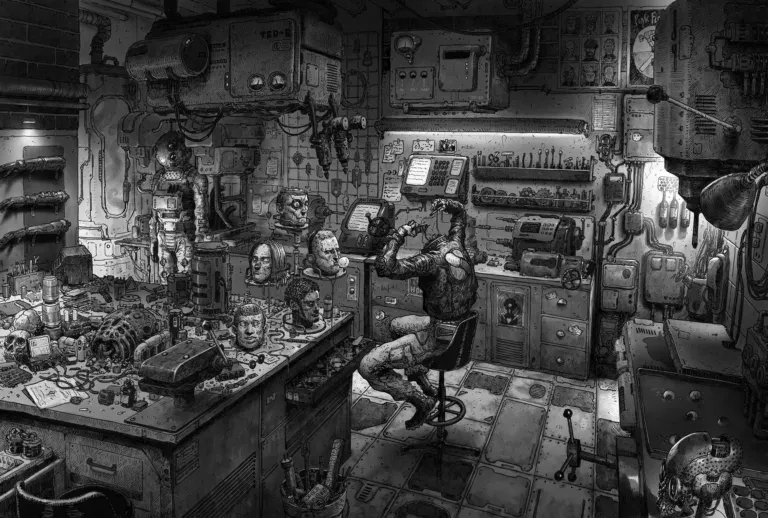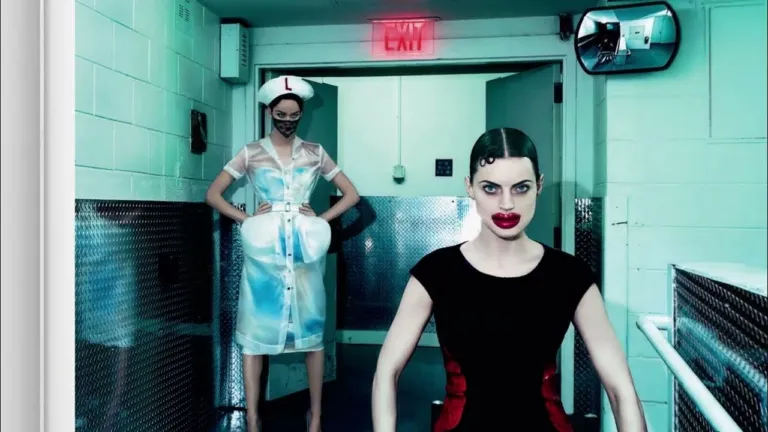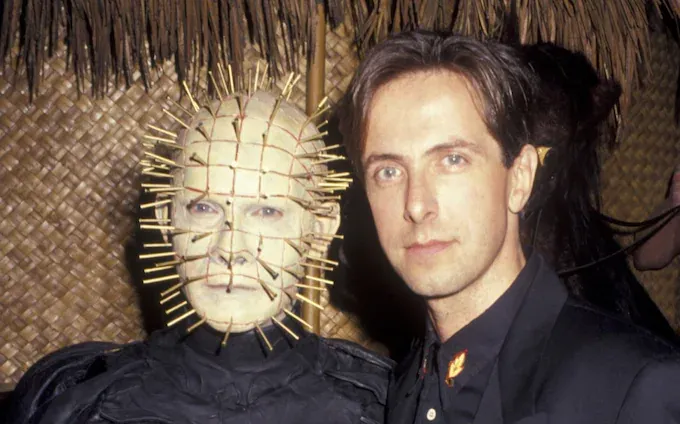The Realism and Imagination of Patricia Piccinini
Patricia Piccinini is a contemporary Australian artist known for her sculptures that blend realism with the imaginary, creating creatures that challenge aesthetic conventions and provoke strong emotional reactions. Her works explore themes of bioethics, evolution, genetics, and the boundary between natural and artificial. Piccinini’s horror sculptures, in particular, offer a deep and disturbing look into the possibilities of biotechnology and the idea of monstrosity in the modern era.
 The Artistic Vision of Patricia Piccinini
The Artistic Vision of Patricia Piccinini
Piccinini’s sculptures are characterized by a combination of hyperrealism and fantastic imagination. Using materials such as silicone, fiberglass, and human hair, the artist creates figures that seem almost alive. These creatures, often hybrids between humans and animals, invite the viewer to reflect on the ethical implications of genetic manipulation and our relationship with nature.
Hybrids and Mutations
Piccinini’s works often explore the idea of hybridization and mutation. Her creatures appear to come from a dystopian future where the barriers between species have been broken down. These figures, both fascinating and disturbing, evoke a sense of unfamiliar familiarity, as if they belong to a parallel world.
Patricia Piccinini’s Horror Works
While many of her works evoke wonder and tenderness, others explore themes that evoke discomfort and horror. These horror sculptures challenge the viewer on the consequences of our technological and scientific actions, presenting scenarios that are as fascinating as they are unsettling.
“The Young Family” (2002)
“The Young Family” is one of Piccinini’s most emblematic works. This sculpture depicts a hybrid creature, part pig and part human, along with her offspring. The mother is lying down, showing an expression of exhaustion and protection while nursing her young. The piece evokes a strong emotional reaction, blending feelings of tenderness and unease. The sculpture invites reflection on genetic manipulation and the possible ethical consequences of our biotechnological innovations.
“The Long Awaited” (2008)
“The Long Awaited” portrays a creature similar to a child, tenderly embraced by an adult human figure. The creature has both human and animal traits, with wrinkled skin and large, penetrating eyes. The piece explores themes of love and acceptance in a context of radical otherness, posing questions about what it means to be human and our capacity to love the unknown and the strange.
“Big Mother” (2005)
“Big Mother” is a sculpture depicting a hybrid maternal figure, a sort of anthropomorphic creature nursing a human child. The figure has beastly traits, with fur-covered skin and facial features reminiscent of an animal. The piece provokes a reaction of discomfort and reflection, questioning the viewer on the nature of humanity and the mother-child relationship in a context of genetic manipulation.
 The Creative Process
The Creative Process
Patricia Piccinini’s creative process is meticulous and requires a high level of technical skill. The artist often starts with sketches and clay models, which are then transformed into detailed sculptures using silicone and other materials. Attention to detail is crucial to create the illusion of realism, with each hair, wrinkle, and vein carefully positioned to evoke a sense of life.
Public Reactions and Criticism
Patricia Piccinini’s works have elicited mixed reactions. Many viewers appreciate her ability to provoke deep reflections and explore complex themes through sculptures that challenge aesthetic conventions. Others find her creatures disturbing and unsettling, with some reacting with repulsion to the representations of hybridization and mutation. However, it is precisely this ability to evoke strong reactions that makes Piccinini’s work so powerful and relevant.
 Patricia Piccinini’s Legacy
Patricia Piccinini’s Legacy
Patricia Piccinini has significantly contributed to the contemporary discourse on art, science, and ethics. Her horror sculptures not only provoke emotional reactions but also invite critical reflection on the implications of biotechnology and our relationship with the natural world. Her works will continue to stimulate debate and inspire future generations of artists and thinkers.
Conclusion
Patricia Piccinini’s horror sculptures offer a fascinating and disturbing exploration of the possibilities and dangers of biotechnology. Through her hypnotic realism and bold imagination, Piccinini forces us to confront our deepest fears and the most complex questions about humanity and otherness. Her works are a powerful testament to the ability of art to explore the boundaries of knowledge and perception, offering a mirror in which to reflect our anxieties and aspirations for the future.
In the post “The Best Horror Sculptors in History” you can explore the fascinating world of horror sculpture and celebrate the extraordinary talents that have brought these unforgettable works to life… The Best Horror Sculptors in History.
Subscribe to our YouTube channel

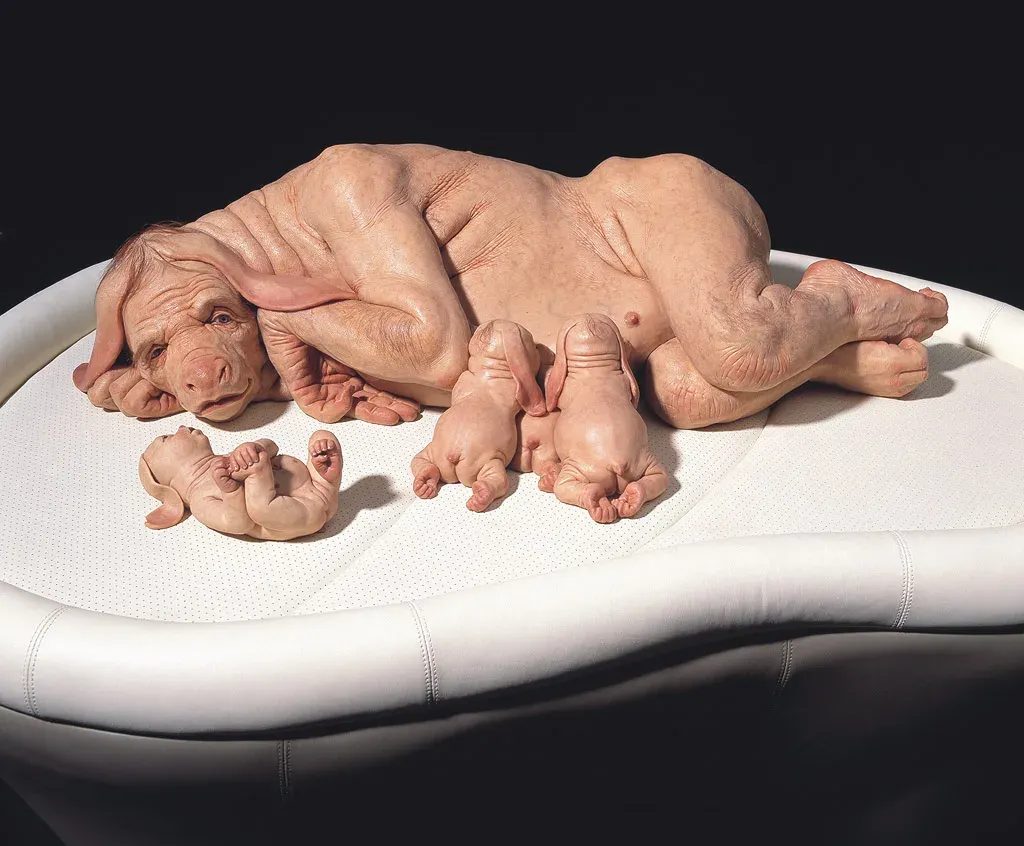
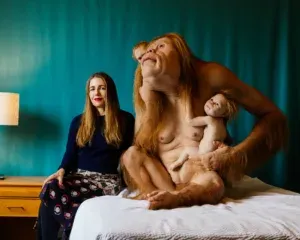 The Artistic Vision of Patricia Piccinini
The Artistic Vision of Patricia Piccinini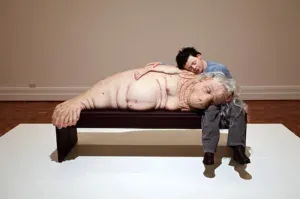 The Creative Process
The Creative Process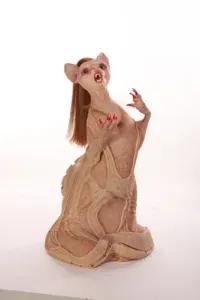 Patricia Piccinini’s Legacy
Patricia Piccinini’s Legacy


